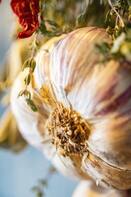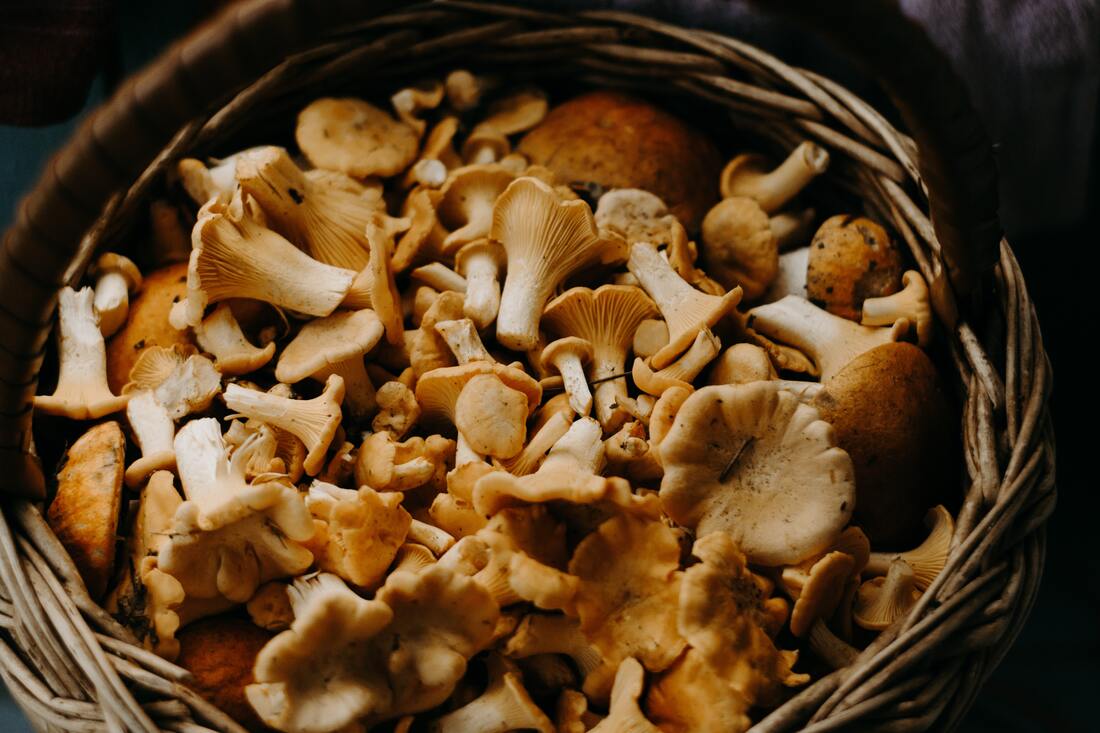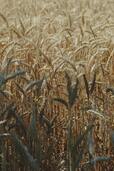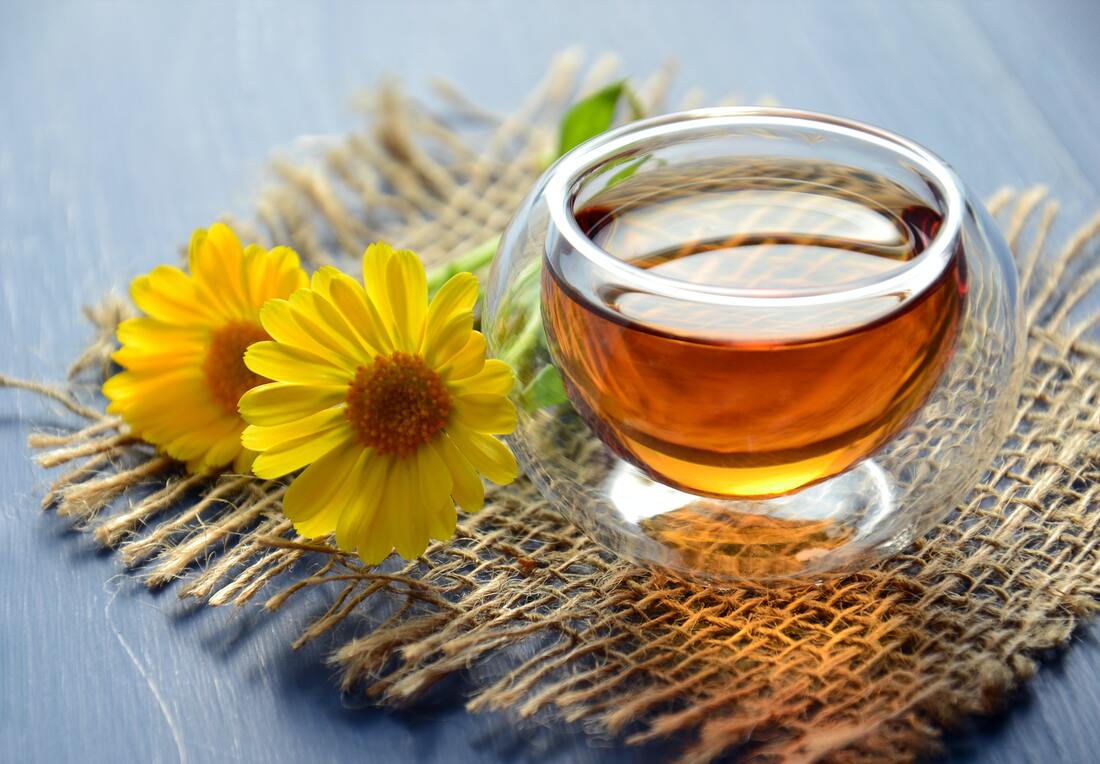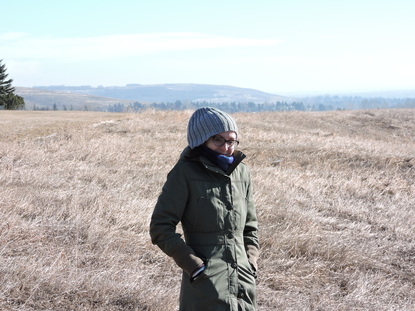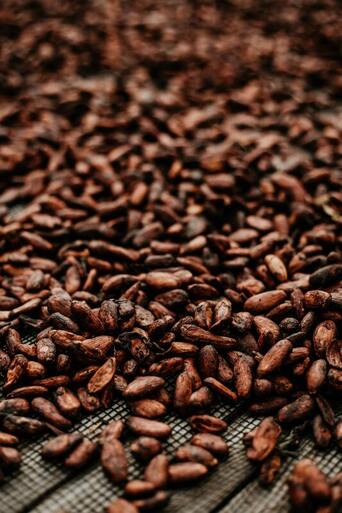
The Wonderful Cacao Bean
Cocoa beans are the fermented seeds of the cacao tree, whose Latin name is Theobroma cacao, which means “Food of the Gods”. Cocoa is native to the Amazon region and as the meaning suggests, cocoa was historically considered a very important crop in Central and South America. In fact, the beans of cocoa were so prized that the native tribes used them as a form of currency. The cacao tree stands about 12-25 feet tall and grows naturally in tropical climates. Now the Cacao bean and cocoa products are traded all over the world creating a multimillion dollar industry, an important note to remember to source Fair Trade products.
There are so many wonderful properties of, and uses for the bean, no wonder it's a hit!
The main active compounds of cocoa butter are oleic, stearic, and palmitic acids and they are found in roughly equal amounts. Oleic acid, also found in olive oil, is a heart-healthy monounsaturated fat. Stearic and palmitic acids are stable saturated fats that are beneficial when consumed in small doses. Saturated fats are excellent for the skin though, being more stable, they are less likely to be harmed by oxidative stress and help protect the skin against the elements. Cocoa butter is also high in antioxidants which help scavenge free radicals that cause skin stresses and signs of aging.
Health Benefits to the Skin
Stretch marks: With it's A, B1, B2, B3, C, E, vitamins Cocoa butter is widely used as a treatment for pregnancy stretch marks. It is excellent moisturizer for skin health and helps retain moisturizer throughout cold winter months. Reducing skin roughness and scaling. It also aids in enhancing skin elasticity, hydration, and density.
Cocoa butter has often been recommended for treatment of skin conditions such as eczema and dermatitis. Cocoa butter, when applied topically, creates a barrier between sensitive skin and the environment and helps retain needed moisture. In addition, cocoa butter contains cocoa mass polyphenol (CMP), a substance that inhibits the production of the immuno globulin IgE. IgE is known to aggravate symptoms of both dermatitis and eczema.
Other Health Benefits
Heart health:
A 2006 study in the American Heart Association journal “Circulation: Heart Failure,” reported that middle-aged and elderly women who regularly ate a small amount of chocolate had a 32 percent lower risk of heart failure. Although scientists are not sure why, it could be from its oleic acid or its cocoa mass polyphenol (CMP), which may help protect against heart disease.
Cocoa is rich in flavonoids namely, procyanidin, catechin, and epicatechin, which have antioxidant properties and help in protecting the cells from damage while supporting tissues of the heart. It also aids in improving endothelial function and stimulating the beneficial HDL cholesterol. Cocoa may help in preventing the formation of fatal blood clots, which can lead to stroke or cardiac failure, blood platelets play an important role in cardiovascular disorders. Flavonoids present in cocoa possess anti-platelet aggregating effects helping to prevent the proliferation of various medical conditions like atherosclerosis and thrombosis, which are some of the main causes of more serious cardiovascular diseases.
Immune system health:
Preliminary research indicates that CMP (cocoa mass polyphenol) actually helps suppress excessive T-cell activity in the immune system, which could lead to possible treatment in immune system conditions such as psoriasis, fibromyalgia, and chronic fatigue syndrome. Cocoa has been shown to exert calming effects on people suffering from fibromyalgia and chronic fatigue. The effects of cocoa is attributed to the release of neurotransmitters like serotonin, anandamide and phenylethylamine in the brain, which exert protective effects from oxidative stress on the neuronal cells and helps in combating these aliments.
There are so many other benefits from the Cacao (raw form) bean that it might be worth keeping little nibbles of Fair Trade dark chocolate and body butter made with it in the house at all times!
Cocoa – An Important Word of Caution
Cocoa is a source of caffeine. The consumption of excess caffeine can lead to various side effects such as increased urination, sleeplessness, and irregular heartbeat. Excess caffeine can also aggravate the conditions of people already suffering from anxiety disorders or diarrhoea.
Allergic Reactions: Cocoa can cause allergic reactions to those who possess a sensitivity towards it. Always do a small test patch before using new products.
Drug Interactions: Caffeine may influence the effects of certain medications Consult your Healthcare Practitioner before adding a new type of food, especially one with so many unique compounds, into your diet.

